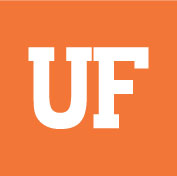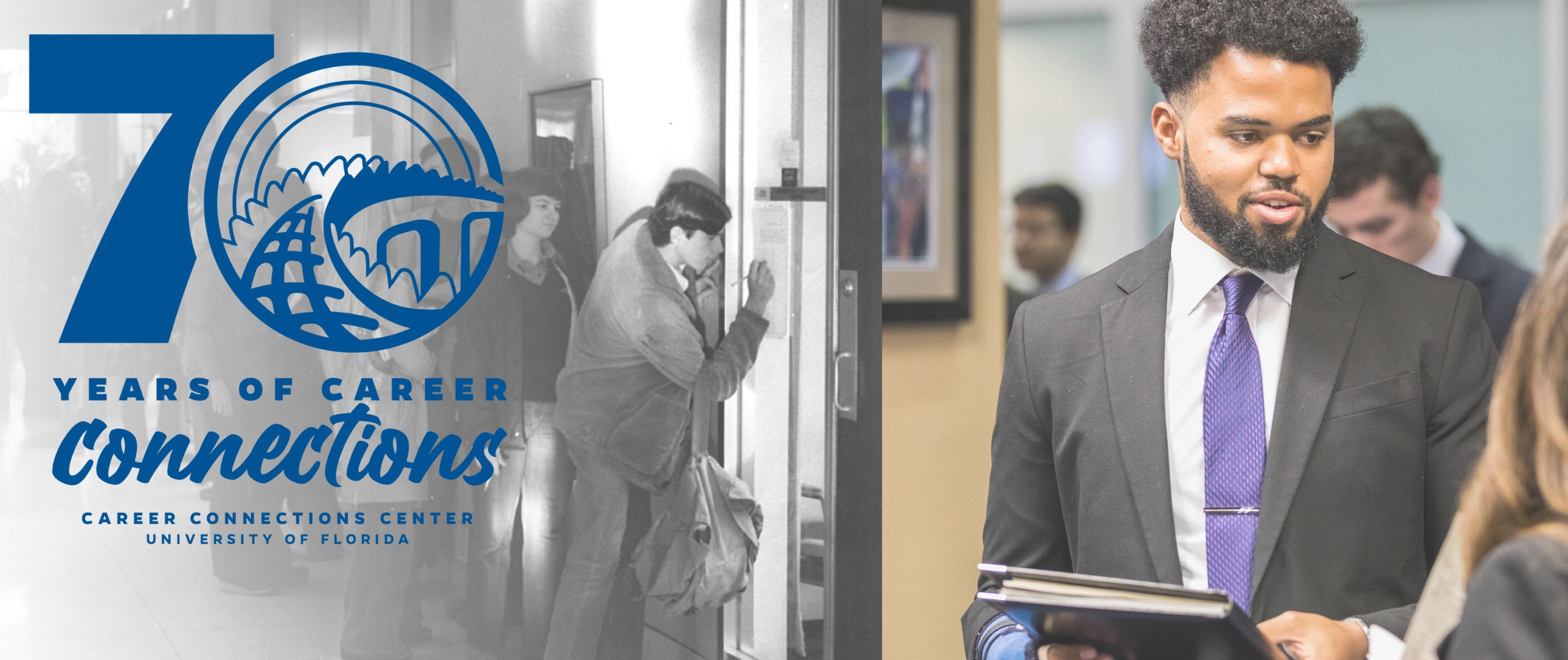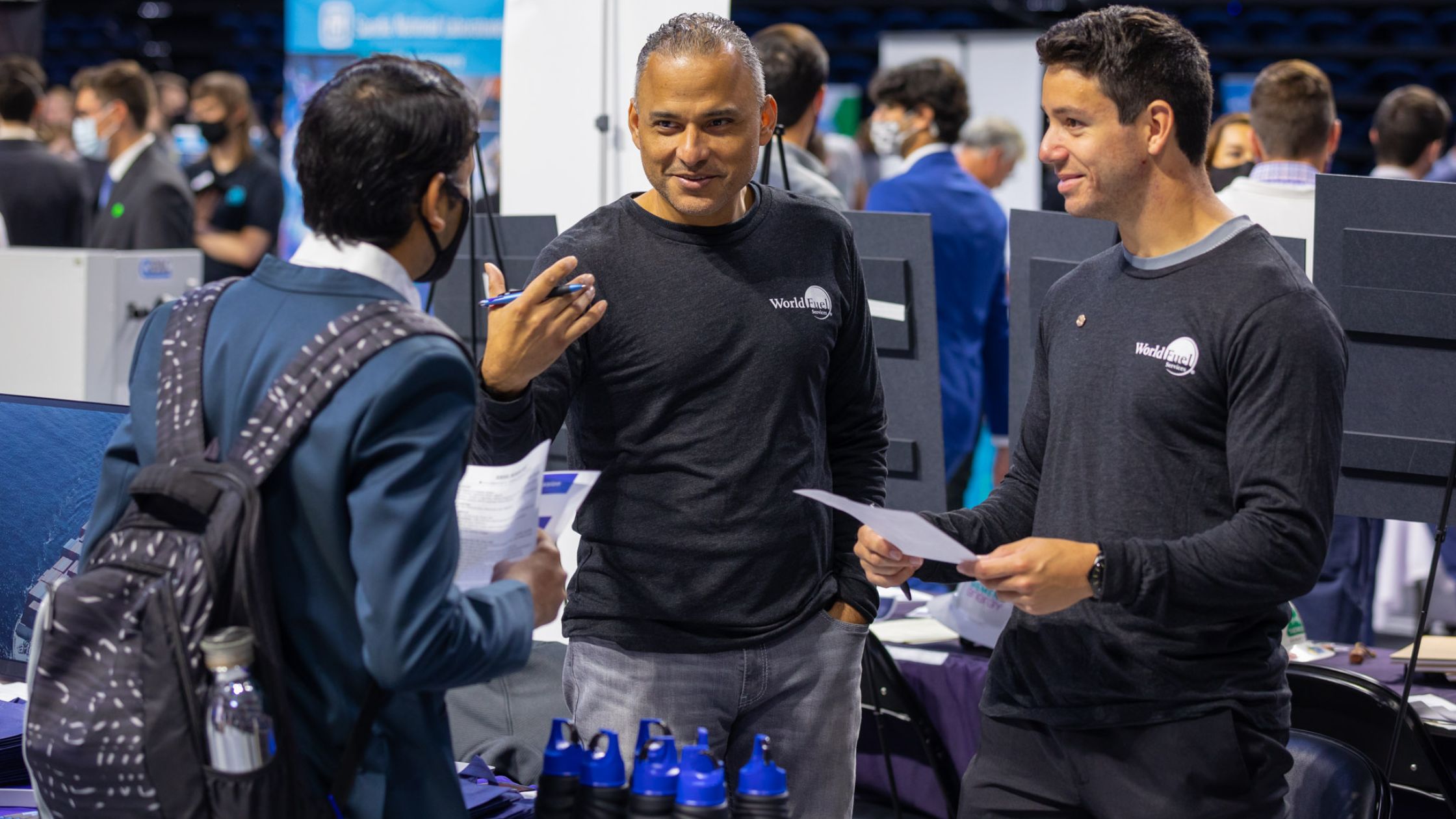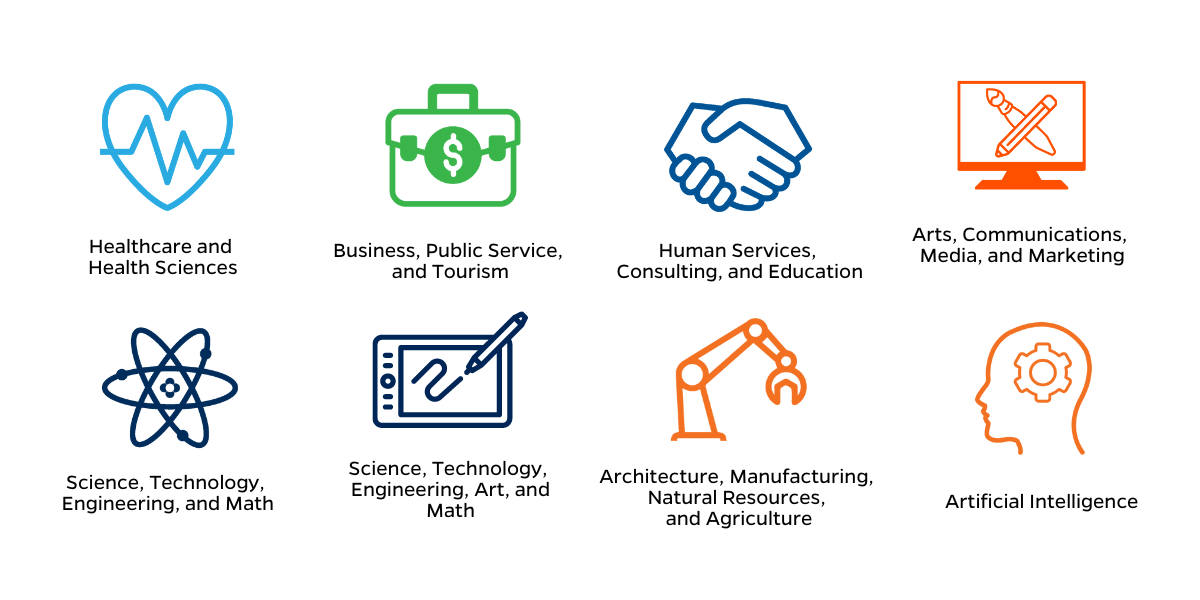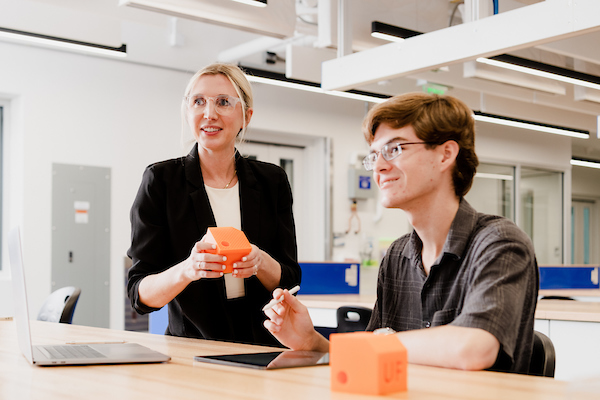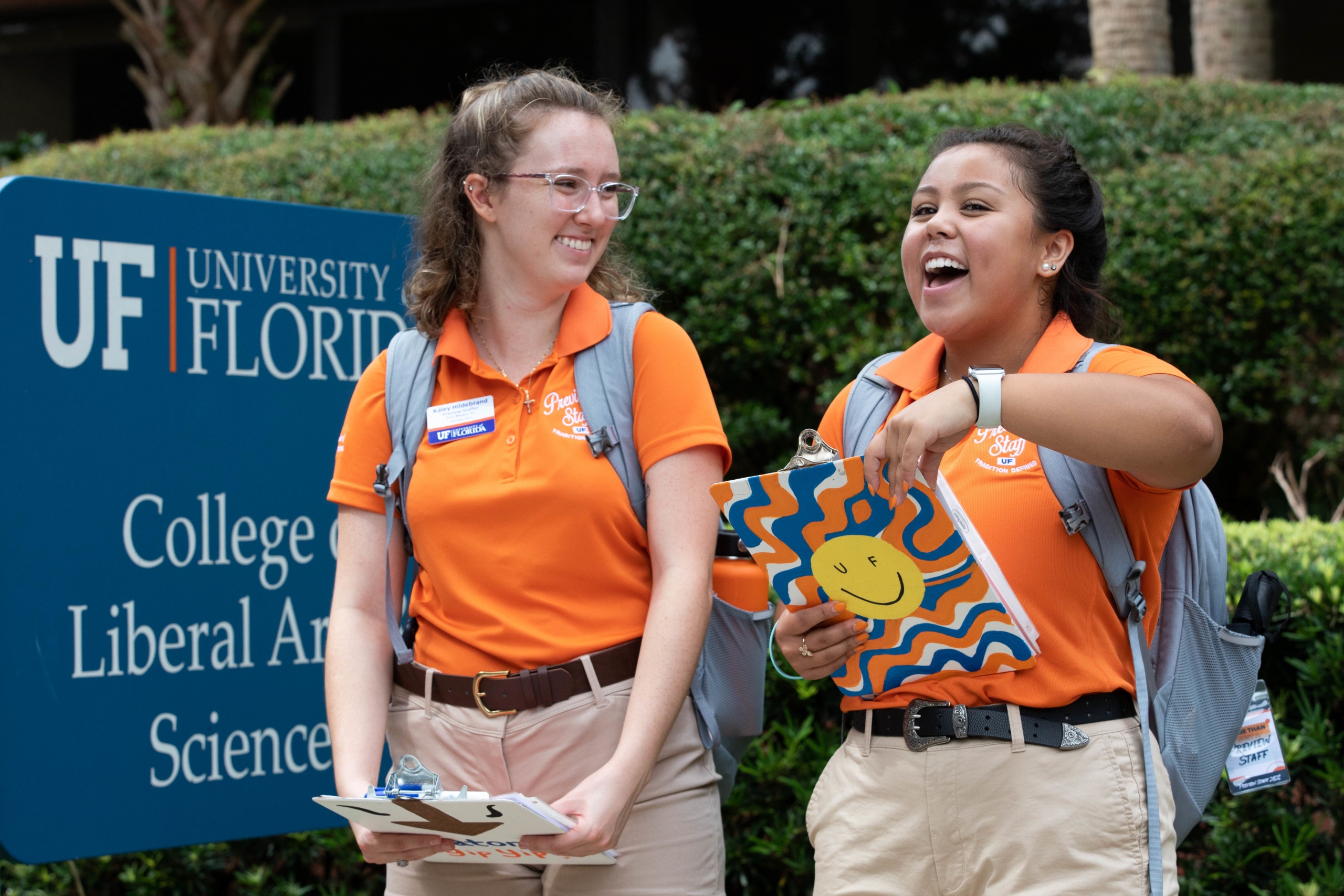Celebrating the 70th Anniversary of the Career Connections Center
2023 and Beyond
Celebrating 70 Years of Career Connections and Preparing for the Future of Work
Looking ahead to the next 70 years, the Career Connections Center, alongside the UF community and industry partners, continues to innovate and prepare students for world readiness and successful endeavors in work, citizenship, and life.
We remain committed to connecting employers with UF Talent, while working as a partner to usher in the Future of Work.
To be prepared for the future of work, it’s important for students to explore career pathways, gain experience, build connections, and build skills for lifelong learning.
There are many and varied connections between curriculum, career, and experiences inside and outstide the classroom that support student success.
2010s
National accolades, national trends shape career services at UF
Due to economic trends over the course of the decade and the role of career services in connecting industry with the university, career services offices became more prominent and vital entities on university campuses throughout the country. Programming highlighting professional branding, online job searches, and developing a LinkedIn profile quickly became popular and relevant workshops for the millennial student. To ensure that the center’s goals aligned with these trends, Dr. White changed the office’s structure and focus areas in June 2014 to holistically meet UF students’ needs, including career exploration and education; professional development and experience; employer development and experience; and recruitment services.
Over the latter half of the decade, the rapid development of technology, the redefinition of what meaningful work means to individuals, and the need for flexibility in unprecedented times, among other factors, significantly impacted the world of work. After conducting intensive listening tours with external and internal stakeholders, in 2019, C3 launched a new strategic core focused on student success, industry engagement, community partnership, internal investment, and presence and reputation.

2010
#1 Best Career Services
2010
Kicking off the new decade, the Career Resource Center was recognized as #1 in the "Best Career Services" category by the Princeton Review in 2010 and again in 2012. Several media outlets, such as the Today Show and CNBC, recognized the CRC as a top career center.
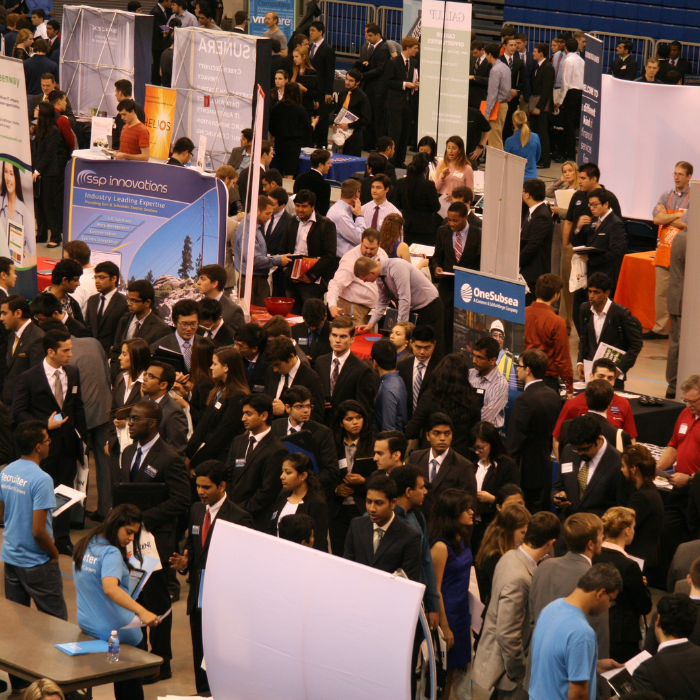
2012-2013
Record Numbers
2012-2013
Career Showcase, the university’s premiere career fair, saw record student attendance through Fall 2012 and Spring 2013. The significant rise in student and alumni participation at Career Showcase reflected increased hiring efforts by companies and organizations as the U.S. economy recovered from the recession.
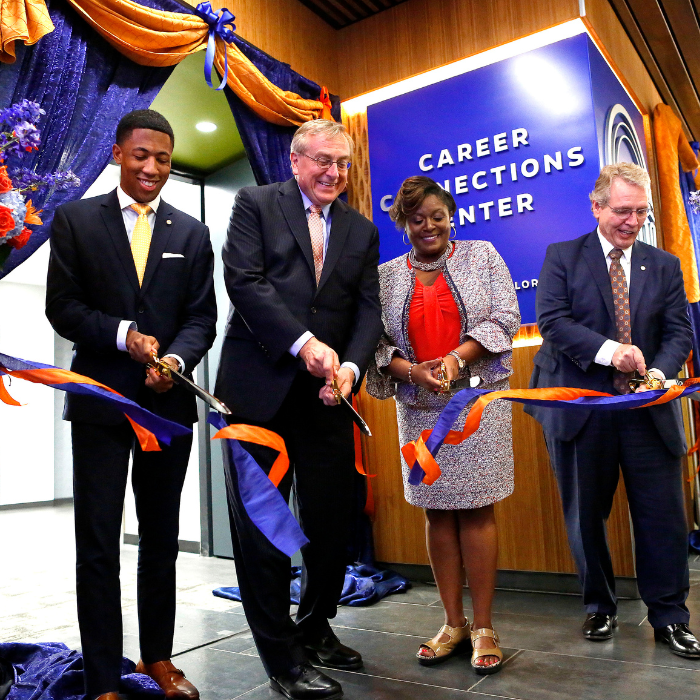
2018
The Career Connections Center
2018
Following Glover’s selection, the office changed its name to the Career Connections Center (or C3, for short) in April 2018 to better reflect its role amongst students, employers, and the campus community. That year the C3 completed a $10 million renovation and expansion project, which included fully renovating the existing space and adding an additional 11,748 square feet for a total of 28,940 square feet, bringing C3 to its current physical size.
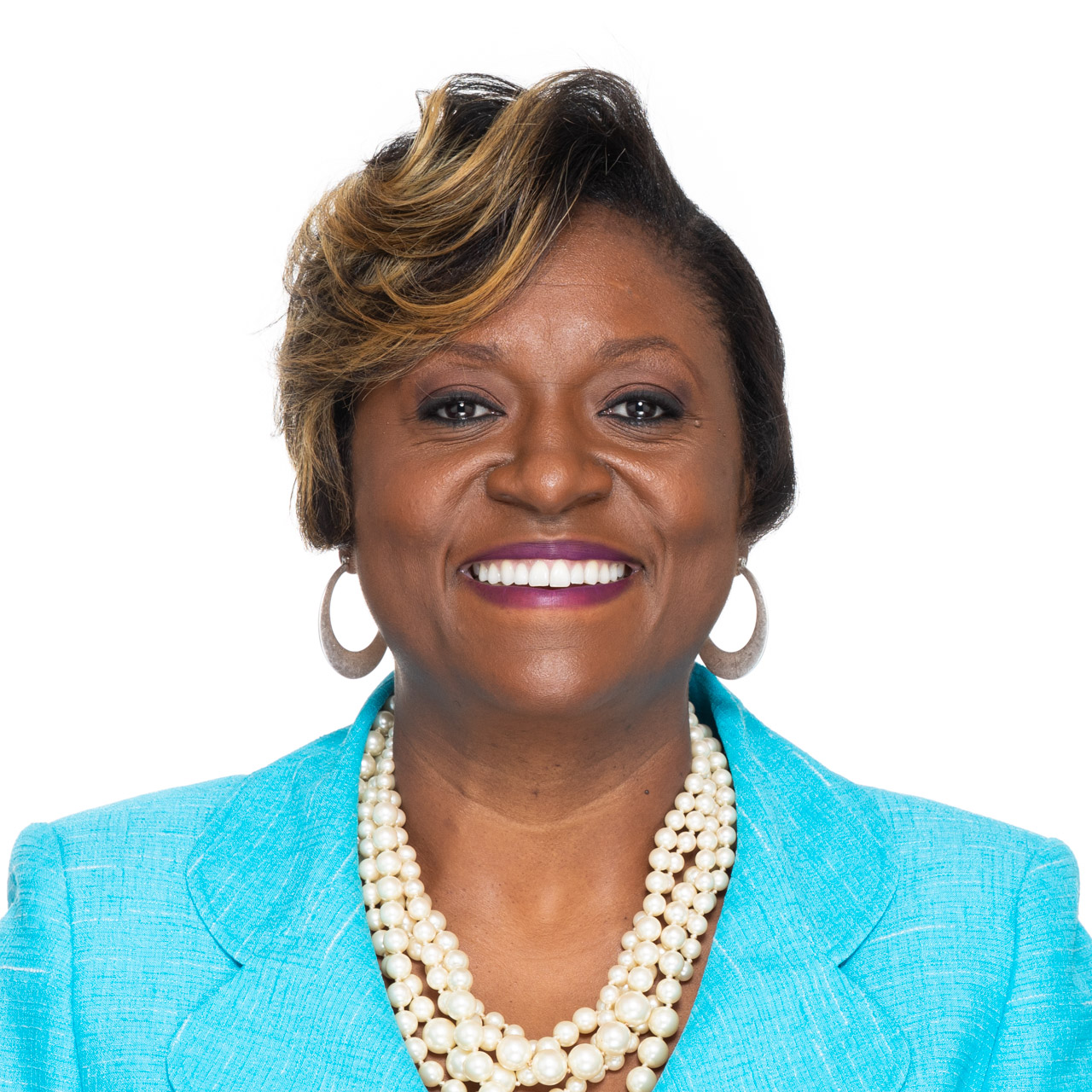
2017
Ja'net Glover Named Senior Director
2017
In 2017, Ja’Net Glover was selected to lead the Career Resource Center as the senior director, after 10+ years of service in the office.
2000s
Linking students to new opportunities
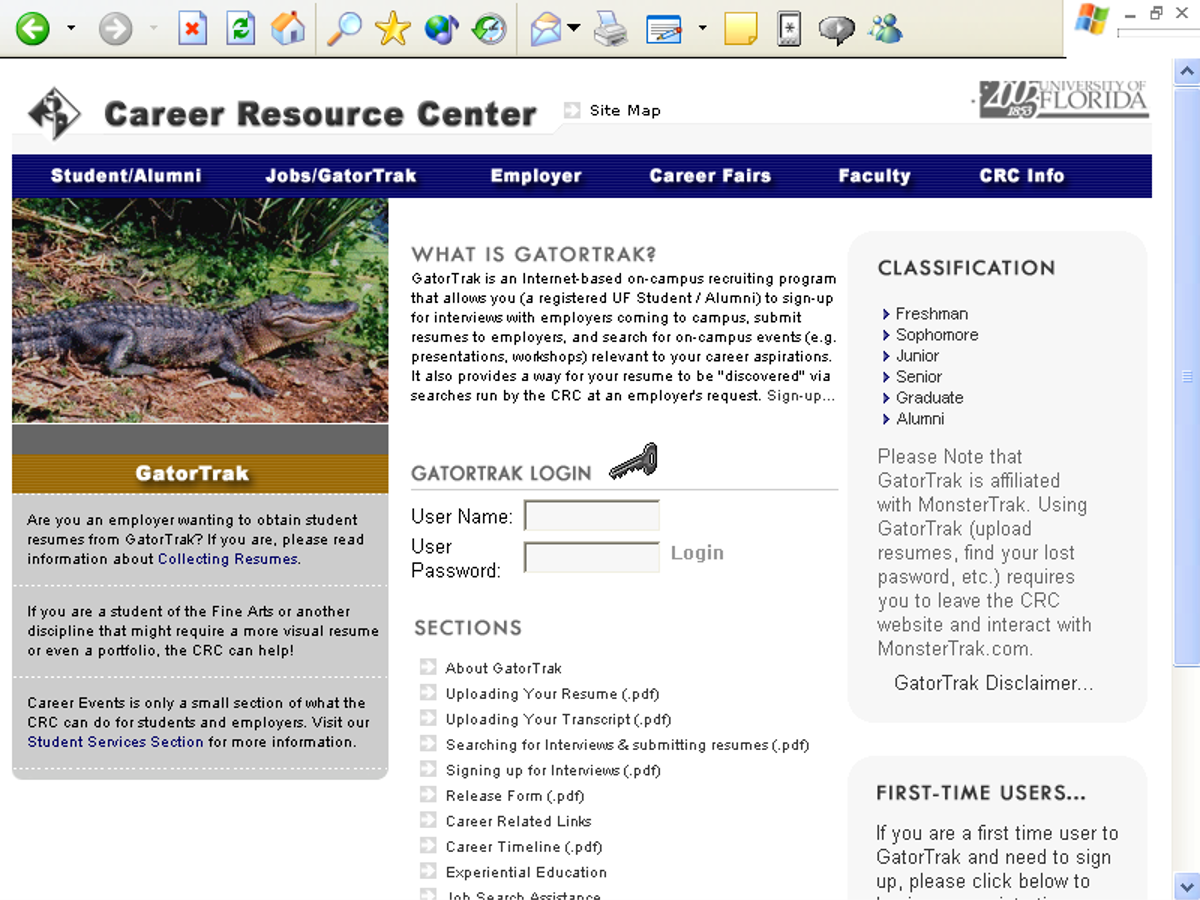
Improving technologies was a departmental goal. During the first few years of the new millennium, the office made significant upgrades to meet students’ needs in the digital space.
Nacelink, an online portal that offered job listings, interview scheduling, and resume referrals, was launched in 2002, with UF being one of the first 27 schools to launch the new system. Just a year later, Nacelink was branded Gator CareerLink at UF. In that first year, over 8,300 jobs were posted for University of Florida students and alumni.
By 2009, students had access to both online and in-person career planning appointments, and the center was intentional in recruiting new employers to assist students in finding employment during the Great Recession.
1990s
Two Major Expansions, as Mayberry Retires and the Second Director Begins his Tenure

After serving 39 years in the role, Mayberry retired as the center's first director in 1991. During his tenure, the Career Resource Center hosted 893 companies and conducted over 13,000 interviews. Dr. Wayne Wallace became the center’s second director.
Dr. Wallace brought a spirit of innovation during his tenure. He made countless contributions to the career center, such as putting CRC on the international stage for career services, hiring talented staff (15 of whom later became directors of university career centers), creating robust services for our students, and expanding the center’s physical size.
The Career Resource Center’s first major expansion began in 1990, when 1,400 square feet of open patio space was enclosed on the ground level to expand suite G-1. In 1996, the CRC’s physical space expanded again, resulting in approximately 15,700 square feet of consolidated services.
1980s
Career Days and New Technologies Create Valuable Connections
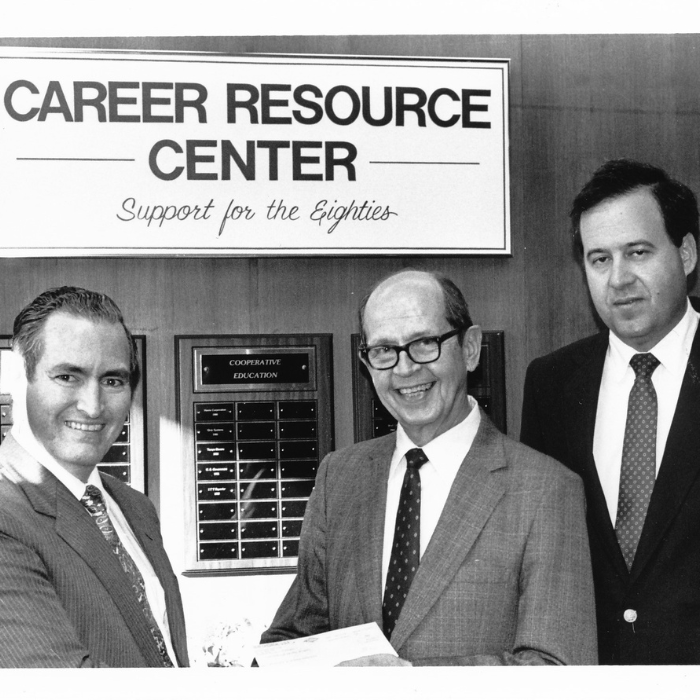
During this decade there was an expansion of space and services, including ongoing pilots and upgrades of computer software and hardware to make career services more efficient; the development of new services to support underrepresented students; career day and placement programs; the creation of a for-credit course in career planning; increased career planning and counseling services; and the creation and expansion of a library of career resources.
In 1981, career services expanded within the Reitz Union. The career information library, student interview sign-up activities, and service activities were on the lower level in suite B-1 while the executive, counseling, and computer programming operations were located directly above, in suite G-1 on the ground floor.
Other activities during these years included ongoing pilots and upgrades of computer software and hardware to make career services more efficient; the development of new services to support underrepresented students; career day and placement programs; the creation of a for-credit course in career planning; increased career planning and counseling services; and the creation and expansion of a library of career resources.
1970s
From Placement to Career Resources and Opportunities

By the early 1970s, the university placement center’s scope had broadened to include career planning services. The office became the Career Planning and Placement Center. In 1975, the name officially changed to the Career Resource Center to reflect its three areas of responsibility: Career planning, experiential education, and placement. By this time, the career services profession was known for its proactive approach to student development.
1960s
The Placement Office is Recognized and Career Services Evolve
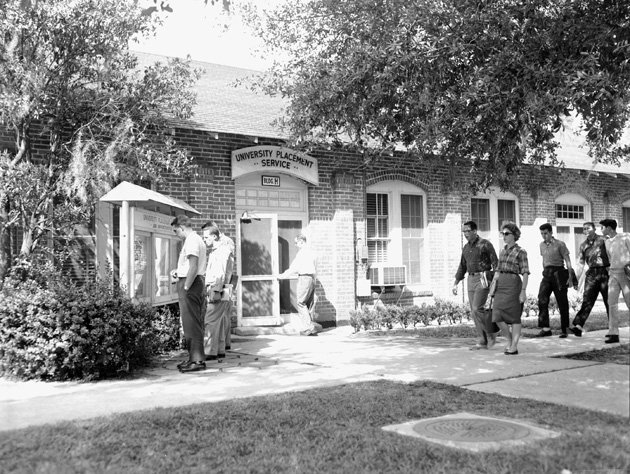
Through its first decade, the Placement Office shared campus recruitment responsibilities with many of UF’s academic colleges. During the 1963-64 academic year, the president’s placement committee recommended that the Placement Office be recognized as the official centralized placement operation for UF.
During the 1960’s, the career center slowly transitioned from a placement model to a recruitment services model, providing employers the benefit of recruiting talented candidates from the University of Florida.
By 1967, the field of career services had evolved to one that started to focus less on placement and more on skill development and preparing students for successful careers after their time at UF. Staff identities, too, evolved from placement officers to career counselors and coaches, and the office was moved to the newly built Reitz Union.
1950s
Career Services Launch at UF with Placement Office and First Placement Officer
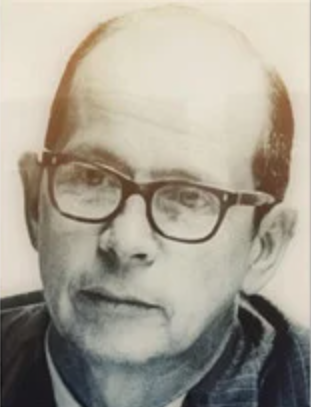
Career services were established at the University of Florida in 1953 and started out as one desk in a spare office in Tigert Hall, called the Placement Office. In the first year of operation, the placement service office hosted 24 companies. In July 1953, Maurice E. Mayberry, a University of Florida college of business administration graduate, was selected as the university’s first placement officer.
During this era, employer representatives contacted individual professors to begin the recruiting process. The professors then recommended students for interviews. This type of college recruitment and selection existed through World War II when college enrollments and employer needs for college graduates were low. After WWII, employers needed qualified college graduates to fill growing needs.
UF President J. Hillis Miller charged Dean of Student Services Dr. Max wise to form a committee to create a centralized recruiting process and increase opportunities for UF students.
First, the Placement Office created a database of more than 500 3-by-5-inch cards, hand-typed with the name and address of an employer; the name, title, and telephone number of the company representative; colleges and academic majors in which the company was interested; and any additional information considered appropriate.
Next, the office launched a public relations campaign that targeted students, faculty, and employers. Mayberry also relied on his personal and professional relationships with other placement officials around the country.
Finally, the Placement Office developed a comprehensive student database. During outreach programs in classrooms and at professional student organization meetings, seniors completed information forms providing their names, addresses, colleges, academic majors, class level, and projected dates of graduation. This information was similarly hand-typed on 3-by-5-inch cards.
